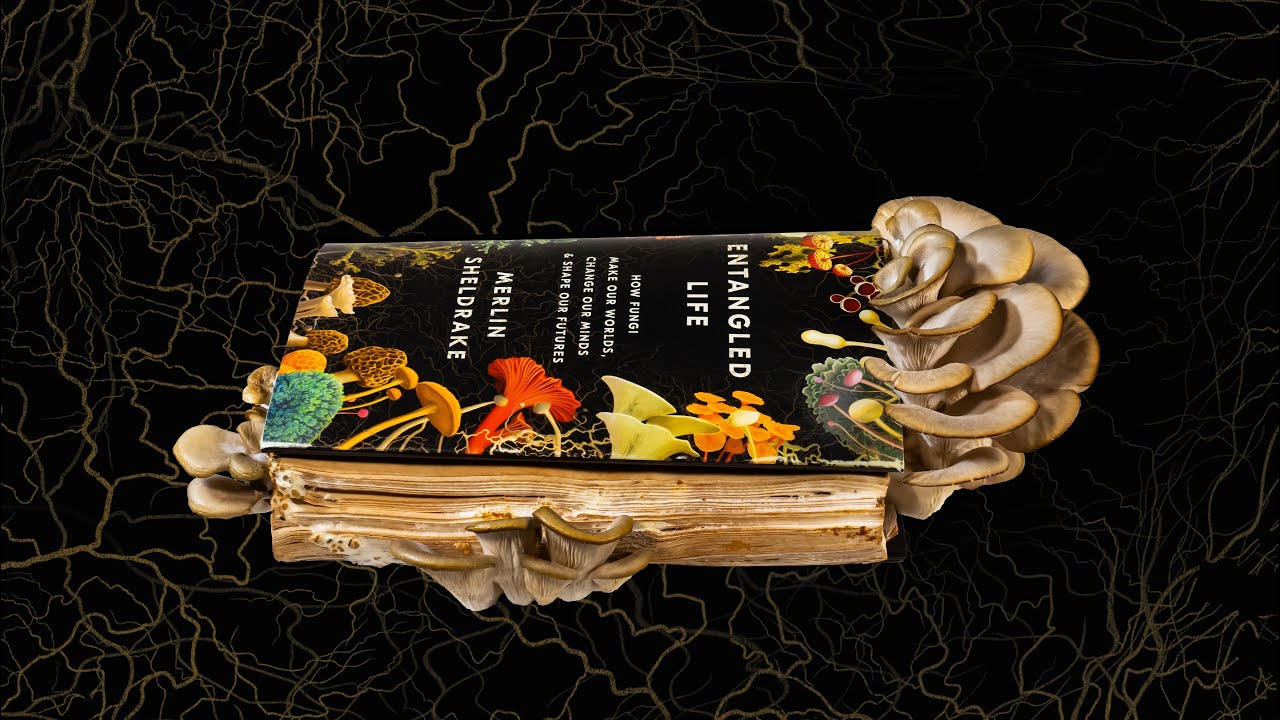Entangled Life by Merlin Sheldrake offers an exciting and illuminating look into the lives of fungi all over the world. The author, who has spent years studying fungi, has compiled his expert observations into a book that is both educational and entertaining.
While the mushrooms we all enjoy growing and eating are certainly an important part of the fungus kingdom, there are many other species of fungi that don’t even produce mushrooms! These species all fill different roles on Earth. It’s fascinating to read about what an immeasurable impact fungi have had on our planet. Here are a few fun facts we found in the book that explain just a few of the ways mushrooms have shaped our world for millions of years.
The Impressive Metabolic Capabilities of Fungi
Different kinds of fungi have different metabolic abilities, but all species have evolved to make the most of their environments. This means that fungi can break down some of the world’s most stubborn substances, from plastics to explosives. Some fungi may even be able to metabolize radiation as a source of energy! They power through these substances using a potent combination of acids and enzymes. What’s left is a cleaner planet. Scientists are still learning about these fungi, but they are encouraged about the possibility of using them to resolve larger-scale issues with plastic waste and other pollutants.
Bridging the Gap Between Ancient Water and Land
The earliest ancestors of plants were algae living in water. During a time when Earth was largely inhospitable to plants, these algae managed to bridge the gap from water to land without roots and other features characteristic of modern plants. How did they manage this? By forming symbiotic relationships with something called mycorrhizal fungi. Algae and other plants use photosynthesis to produce nutrients, which fungi are granted access to during these relationships. In return, the fungi’s mycelium provides the plants with water and minerals from the ground. After gaining traction on land with the help of mycorrhizal fungi, plants evolved root systems and became better able to survive on their own. However, to this day about 90% of plant species rely on some sort of mycorrhizal relationship.
Forming New Ecosystems with Fungi
It’s no small feat turning an inhabitable surface into a thriving ecosystem, but lichens are up to the task! Lichens are the product of one type of mycorrhizal relationship between fungi and algae or bacteria. When volcanic formations appear or melting ice exposes bare rock, lichens are the first organisms to establish themselves. These organisms are actually responsible for making soil, which allows plants to take root. Fungi also retain soil in many environments where it would otherwise be washed away. The thick mats of lichen keep the soil in place so other organisms can become established.
Yeasts Help Us Preserve and Transform Food
Few species may have had a greater impact on this planet than humans. Throughout human history, fungi have helped us thrive in near-countless ways. Notably, we have harnessed the abilities of yeasts to create new foods and beverages that have completely revolutionized how we live.
Yeasts are fungi that aid in the fermentation of the grains and fruits we use to make beer, mead, bread, and other baked goods. These products have been invaluable in many societies, whether for health and nutrition or for use during celebrations and rituals. For example, in the Middle Ages, fresh water supplies were often tainted and could not be trusted. The fermentation of beer often made it a safer option, so much so that children were even offered a lower-alcohol version. Some scholars even believe that “beer or bread (there is debate over which took priority)” convinced many societies to turn away from the hunter-gatherer lifestyle, when our ancestors may have relied on mushrooms for sustenance, and toward agriculture. Clearly, yeasts are some powerful fungi!
Image Credit: https://www.merlinsheldrake.com/



